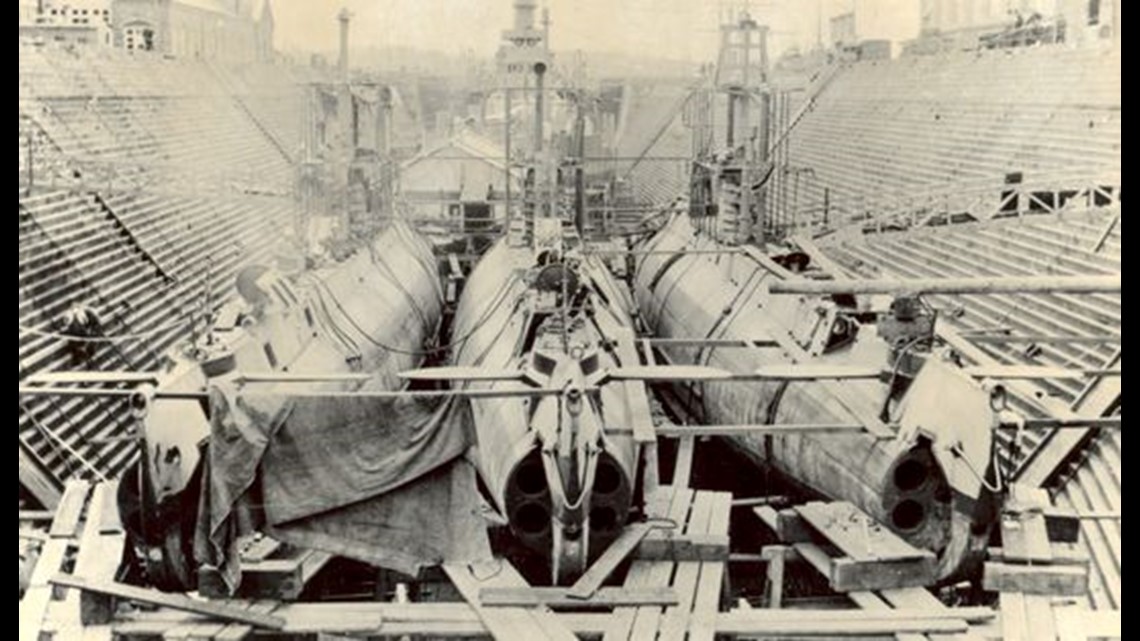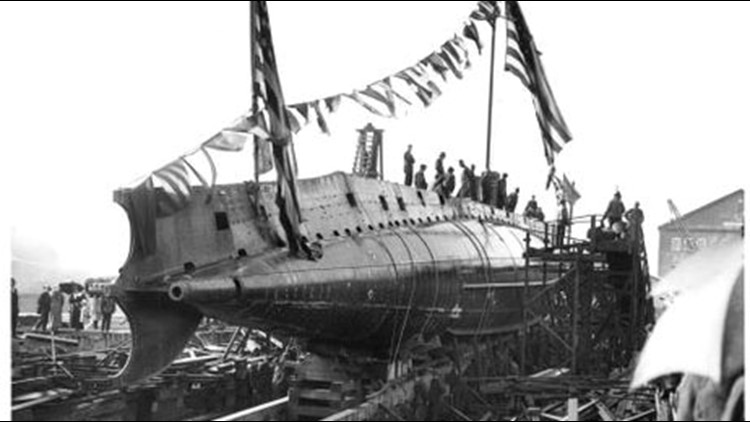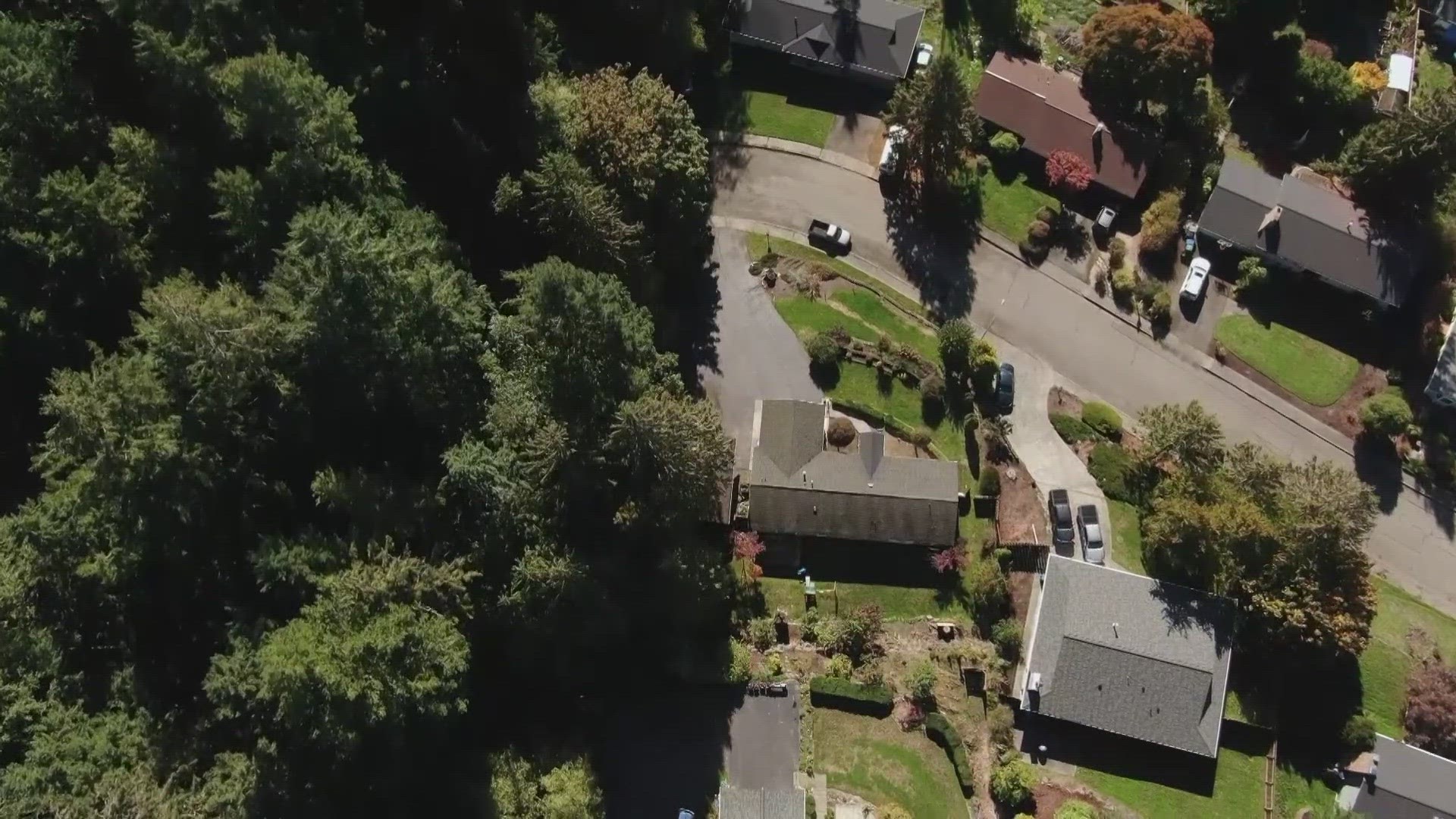BREMERTON — While Puget Sound Naval Shipyard has a long history of maintaining, decommissioning and recycling the Navy's fleet of modern nuclear-powered submarines, the shipyard's work on such vessels can be traced back a century to the manufacture of early submarines during World War I.
Although the shipyard was originally intended to be a West Coast outpost where the fleet's vessels would go for repair and overhaul, its mission grew to encompass a variety of new tasks as the American government prepared for the likelihood of being brought into the war in Europe while outwardly maintaining a stance of neutrality.
Almost three years after the start of the conflict, the United States joined the war on April 6, 1917, until it ended on Nov. 11, 1918.
On Sunday, the world observes the 100th anniversary of the armistice that ended the war that claimed the lives of an estimated 9 million service members.
By the end of the war, the shipyard had built or nearly completed more than 1,700 small boats, 25 sub-chasers, seven tugboats, two minesweepers, two ammunition ships and seven submarines, according to local historians Louise M. Reh and Helen Lou Ross in their book "Nipsic to Nimitz."
Those seven submarines, one of which was the largest to have ever been built in the Pacific Northwest, were the only submarines the shipyard has ever built.
The shipyard had unsuccessfully lobbied the federal government for funding to construct facilities where workers could build submarines in the years leading up to the war, according to author Bill Lightfoot's history of submarines built in Puget Sound, "Beneath the Surface."
The Navy sought to find a way to break the "stranglehold" that private shipbuilders like Electric Boat Company had on the nascent market for submarine manufacturing, according to Lightfoot. The company, an early precursor to modern submarine manufacturer General Dynamics Electric Boat, built the Navy's first commissioned undersea warship in 1899.
The outbreak of war in Europe in 1914 presented the opportunity for the shipyard to take on the task after the federal government authorized the Navy to build two submarines to demonstrate its capacity to do so. The first submarine was to be built at Portsmouth Navy Yard and the second was to built at Puget Sound Navy Yard.
It took some time for the shipyard to get the project up and running.
Three months after America joined the war in April 1917, crews finally laid the keel for the submarine built in Bremerton, which was named O-Two. It took a total of 10 months to build what was the largest submarine ever to have been built in Northwest, according to Lightfoot.
O-class submarines, known as "pig boats" for their "foul living quarters and unusually stubby hull shape," had a crew of 29 sailors, according to the Puget Sound Navy Museum.
The subs were almost 173 feet in length and 18 feet wide, with a diving depth of 200 feet. They were armed with one 3-inch gun and four 18-inch torpedo tubes, and the sub carried eight torpedoes onboard.
Two diesel engines powered the vessel when it was on the surface, where it could reach a speed of 14 knots. When submerged, two electric motors powered the submarine and it could reach a speed of almost 11 knots, according to the Dictionary of American Naval Fighting Ships.
After being commissioned in October 1918, O-Two patrolled the New England coast for a short while until the war ended on Nov. 11, according to records from the Navy History and Heritage Command.
While the submarine missed most of the war, O-Two went on to train crews during World War II.
Although that was the shipyard's first foray into submarine construction — it wasn't the last time crews tackled such an undertaking during the war.
As Allied demand for submarines continued to increase, it presented an opportunity for the shipyard to once again undertake the task of building the vessels.
In 1917, the Russians had purchased a lot of six submarines from Electric Boat, only to have the order fall through after the start of the Russian Revolution. The submarine parts, which were manufactured in Vancouver, B.C., waited pier-side in crates while the company decided what to do with them.
After almost four months of negotiations, the Navy purchased the unassembled submarines at a price of $395,000 each and settled on having them manufactured in Bremerton.


The submarines, known as USS H-Four through H-Nine, were built at the same time as workers were finishing O-Two, in the area where Pier 7 currently stands at the shipyard.
The H-class submarines, with crews of 25 sailors, were 150 feet long and could dive in depths up to 200 feet. Powered by two diesel engines and two electric motors, the vessels could reach up to almost 11 knots while submerged and 14 knots while on the surface. Each sub could be armed with up to eight torpedos, according to the Puget Sound Navy Museum.
Within six months, the shipyard had manufactured all six of the vessels. While most of the submarines were commissioned in the months leading up to the end of the war, all six of them missed joining the war effort before the end of hostilities.
During the interwar years, those six submarines participated in a number of training exercises along the West Coast, with intermittent patrol duty off Santa Catalina Island and trips to Mare Island Navy Yard in California for maintenance, according to the Dictionary of American Naval Fighting Ships.
Eventually, all six of the shipyard's submarines were decommissioned in Norfolk in September 1931, where they waited for more than two years until they were sold for scrap in 1933.



